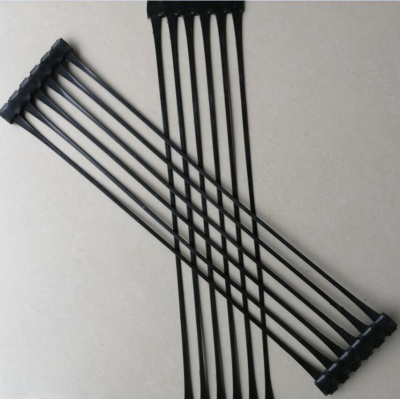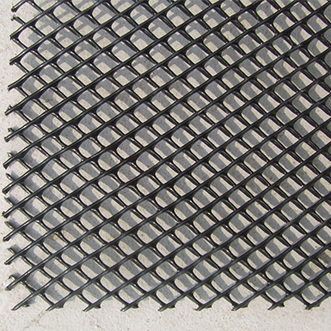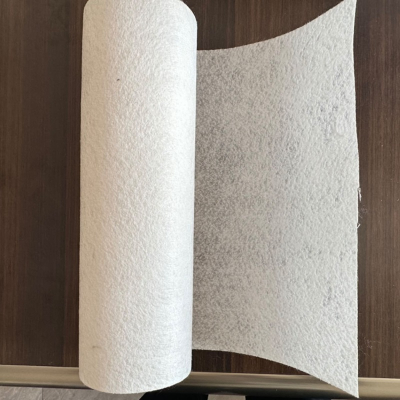Green Short Silk Geotextile
Environmentally friendly and degradable, green appearance and eco-friendly; highly permeable and breathable, effective drainage and anti-clogging; short fiber needle punching process is flexible and tear-resistant, adaptable to foundation deformation; acid and alkali corrosion resistant, long life; has isolation, reinforcement and filtration functions, improves engineering stability; convenient construction, low cost, suitable for roadbed, river, landfill and landscape projects. With strong comprehensive performance, it is the preferred material for the combination of ecology and engineering.
Green Short Silk Geotextile is an environmentally friendly geosynthetic material. Green Short Silk Geotextile combines engineering functions with ecological needs, and is particularly suitable for projects that emphasize sustainability and beauty. Its excellent filtration, reinforcement and environmental protection performance give it the following characteristics and advantages in the fields of infrastructure and ecological restoration:
1. Environmental protection
- Made of recyclable polyester fiber (PET) or modified polypropylene (PP), some products are added with environmentally friendly dyes, showing green, visually closer to the natural environment.
- Non-toxic, in compliance with environmental protection standards such as RoHS, suitable for ecologically sensitive areas (such as wetlands and river restoration).
2. Physical properties
- High air permeability and water permeability: The porosity between fibers is large, allowing water to penetrate freely, effectively draining water while preventing soil loss.
- Good flexibility: The short fibers are interwoven through the needle punching process, adapting to foundation deformation and having strong tear resistance.
- Corrosion resistance: Resistant to acid and alkali, microbial erosion, suitable for environments such as acid and alkali soils or landfills.
3. Color advantage
- The green appearance can reduce visual pollution and blend with vegetation, which is suitable for landscape engineering or ecological restoration projects.
Second, core advantages
1. Engineering performance
- Reinforce the foundation: Disperse the load, improve the soil shear strength, and prevent roadbed settlement.
- Isolation layer function: Prevent different soil layers from mixing (such as gravel and soft soil) and maintain structural stability.
- Filtration and drainage: Block sediment while allowing water to pass through, avoid siltation, and extend the life of the project.
2. Easy construction
- Light weight, easy to cut and lay, can be mechanized or manually constructed, reducing time and labor costs.
3. Economical
- Compared with traditional materials (such as concrete), it is lower in cost and simple to maintain, and has high long-term cost-effectiveness.
4. Eco-friendly
- Can be used with vegetation planting to promote greening (such as grass seed cloth in slope protection) and reduce soil erosion.
---
III. Application scenarios
- Highway/railway subgrade: Enhance bearing capacity and prevent reflective cracks.
- River/coastal engineering: Slope protection and anti-scouring, combined with ecological restoration.
- Landfill: As an isolation layer to prevent the spread of pollutants.
- Landscape: Green appearance beautifies the environment, such as the drainage layer of the roof garden.









